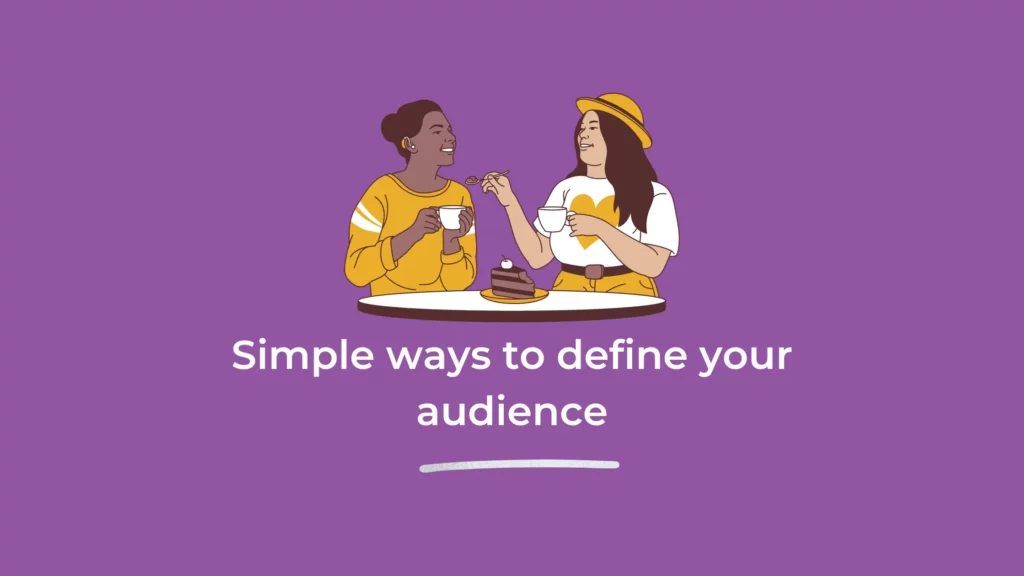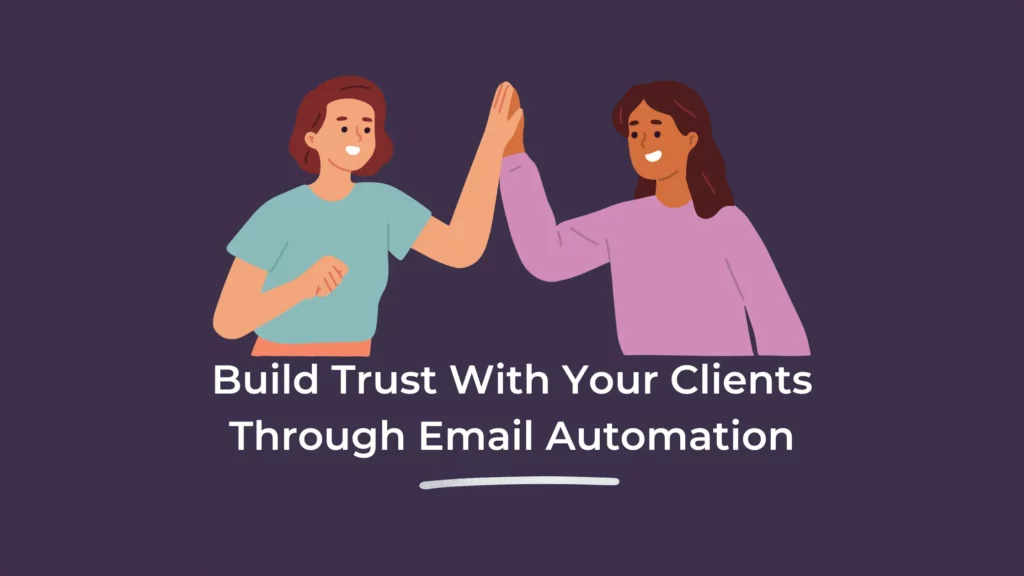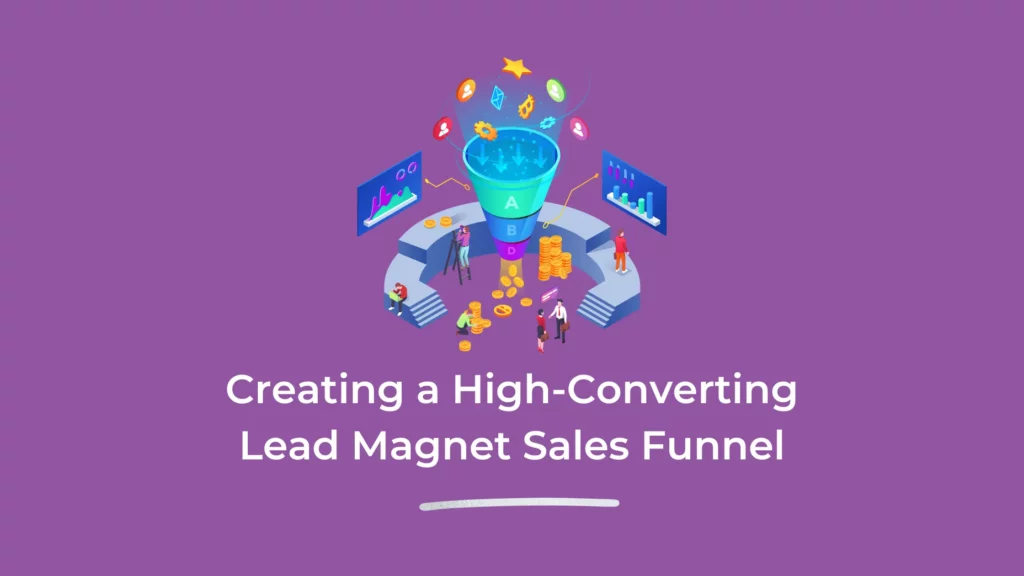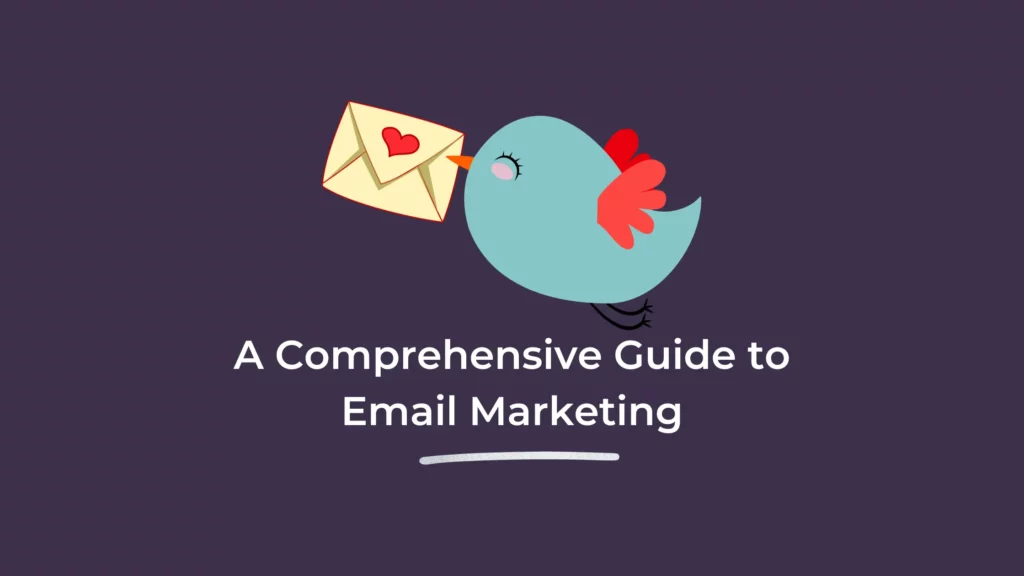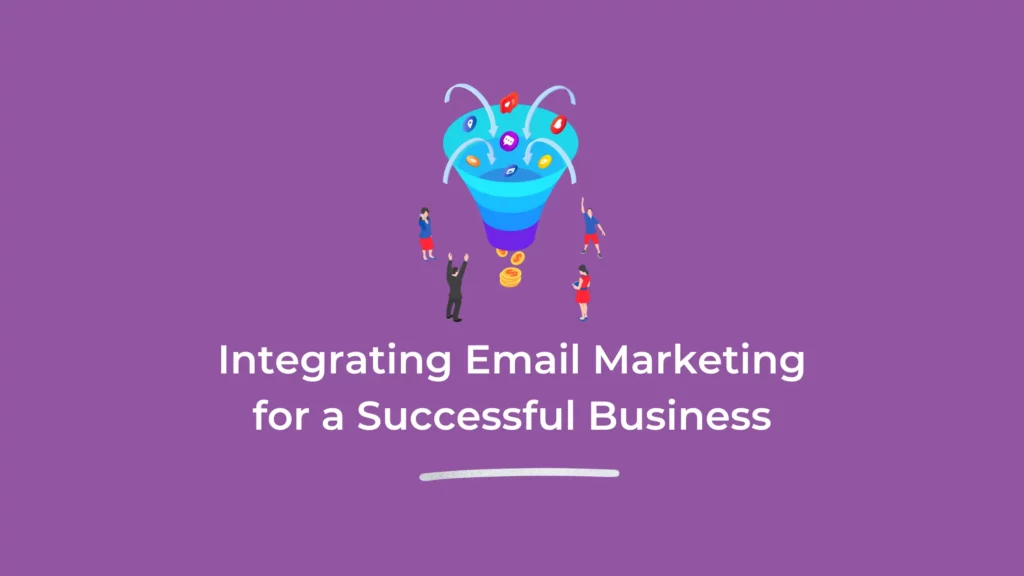Table of Contents
Who are you talking to with your newsletter content?
If you can’t answer that, it means you need to define your audience better.
Defining your audience is crucial in crafting a successful email marketing strategy.
Knowing who you’re speaking to ensures your marketing efforts aren’t in vain.
This article will help you to simplify the process of pinpointing your ideal client. Allowing you to create effective email content and set up precise segmentation.
Define Your Audience for Impactful Email Marketing
1. Identifying Your Target Clients
Start by analysing your existing client base. Even those who are interacting with your social media content.
Look beyond basic demographics; investigate their interests, habits, and values.
What makes them feel all warm and fuzzy?
This deeper understanding will help you create email content that resonates and engages.
2. Understanding Their Problems and Needs
Empathy is key. Step into your their shoes and think about their challenges and what they seek.
Use your analytics and engage in conversations to gain insights.
This helps you write content that addresses their current pain point. And positions your service as a solution.
3. Knowing Where They Spend Their Time
Different audiences prefer different platforms. And different platform attracts different audiences.
Identify where your potential clients are most active. Be it LinkedIn, Facebook, or even TikTok.
This knowledge aids in targeting your emails. But also in integrating your social media strategy for a comprehensive holistic approach.
4. Clarifying How You Can Help
Every service solves a problem. Ensure you know what that problem is and how your service will improve their situation. Highlight the benefits and transformations more than the features of your service.
5. Recognising Their Turn-offs
Understanding what repels your audience is as important as knowing what attracts them. Watch their reactions on social media and website engagement patterns. Use A/B testing in your email campaigns to refine your messaging. This will help you avoid content that triggers unsubscribes.
6. Building Trust
Trust is fundamental. People buy from brands they trust. Encourage and showcase reviews, and maintain a positive online presence. Your reputation can influence the effectiveness of your email marketing. Trust leads to higher engagement and conversion rates.
Utilising Email Segmentation
Once you’ve defined your audience, segment your email list based on these insights. Tailored content for different segments ensures higher relevance, engagement, and conversion. Whether it’s based on interests or engagement level, segmentation allows for more personalised newsletters.
Final thoughts from Louise
Defining your audience underpins everything you do in marketing. If you don’t have a clear picture of who you’re targeting, your messaging will miss the mark. Whether that’s on social media, website or newsletters.
So if you are missing the email marketing component of your marketing strategy, it’s time we had a chat.
Contact me to start refining your approach and connect with your audience today.

